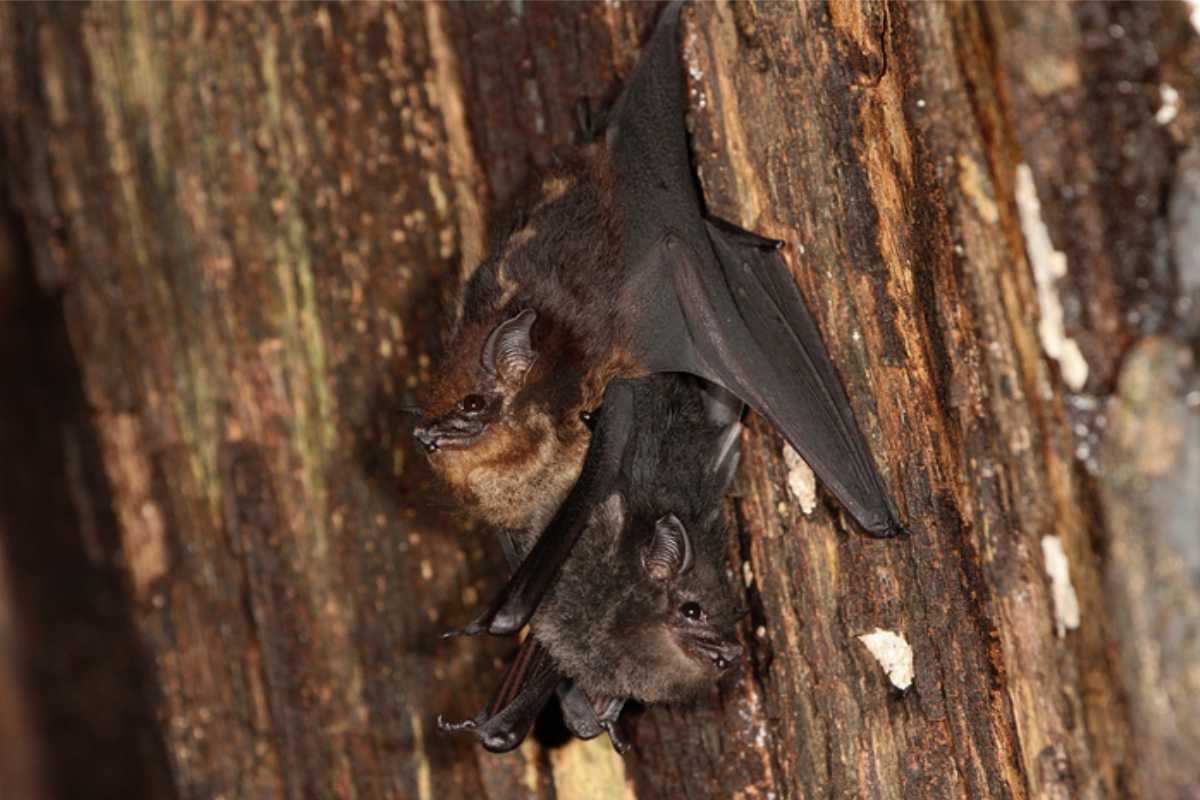And it sounds a lot like human gibberish too!
Learning to talk is not so easy. It requires precise control over, for example, your tongue, lips and jaw. When children start practicing with speech, it starts with a lot of gibberish. Something that is not limited to humans, by the way. Because researchers have now discovered another mammal that also babbles on it.
Rare
Scientists are still trying to figure out exactly how human speech came to be. One way to investigate that is to study animals. We know that human speech begins with gibberish; a baby’s first sounds that resemble speech sounds. However, babbling is very rare in the animal kingdom. Until now, this phenomenon has been described almost exclusively in songbirds. While research on songbirds has provided us with important insights into speech development in children, it is partly difficult to fully translate the results to humans. That’s because songbirds and humans are anatomically different. For example, birds have a syrinx, while we have a larynx. And the brain works a little differently, too.
bats
Now we know that bats are somewhat similar in vocal behavior to humans. For example, previous studies have already shown that bats, for example, are able to to learn vocal (i.e. imitating sounds). Scientists have also discovered that bats just like people do baby talk. In a new study researchers have once again turned to bats. And all the way to the two-striped pocket bat (Saccopteryx bilineata); a mammal of the sac-tailed bat family and a common species in Central and South America.
Recordings
The research team studied twenty bat pups in their natural habitat in Panama and Costa Rica. Acoustic recordings and accompanying videos were made daily from the moment the puppies were born to the moment the mothers stop taking care of their young. “Working with wild bat pups is a unique opportunity,” said researcher Ahana Fernandez. “It offers the opportunity to observe and record complex behavior in a completely natural, undisturbed environment.”
Chatter
At first glance you might say that these flying creatures bear little resemblance to humans. But vocally there are big similarities. The researchers discovered, for example, that the bats studied appear to ‘babble’ just like humans. “The pups’ babbling is a very striking vocal behavior,” said researcher Martina Nagy. “It can be heard a considerable distance from the sleeping place and a babbling session can last as long as 43 minutes.”
Listen to Babble Baby Bats Here
According to the researchers, bat pups babble every day for about seven weeks. The babbling is characterized by long, polysyllabic vocal sounds that partially resemble the adult vocal repertoire. “During the babbling, the pups learn the song of the adult males,” says Nagy.
Eight features
When the researchers took a closer look at the gibberish, they discovered something else. For example, it seems that the bats’ babbling is characterized by the same eight characteristics as the babbling of human babies. “Bat pups’ babbling, for example, is characterized by syllable doubling, similar to the repetition of syllables — such as dadada — that we experience in human babies,” explains researcher Lara Burchardt. In addition, the bat pups’ babbling is rhythmic and occurs in both males and females – which is in stark contrast to songbirds, where only young males babble.
The researchers have shown that bats are extremely interesting animals to learn more about the origins of human speech. “It’s fascinating to see the fascinating parallels between the vocal training behavior of two vocal-learning mammals,” said researcher Mirjam Knörnschild. Ultimately, the researchers hope that vocal-learning, babbling bat species will give us another piece of the puzzle to better understand the evolutionary origins of human language.
–


:quality(80)/cdn-kiosk-api.telegraaf.nl/8ffbdd3e-0376-11ec-88b6-02d2fb1aa1d7.jpg)